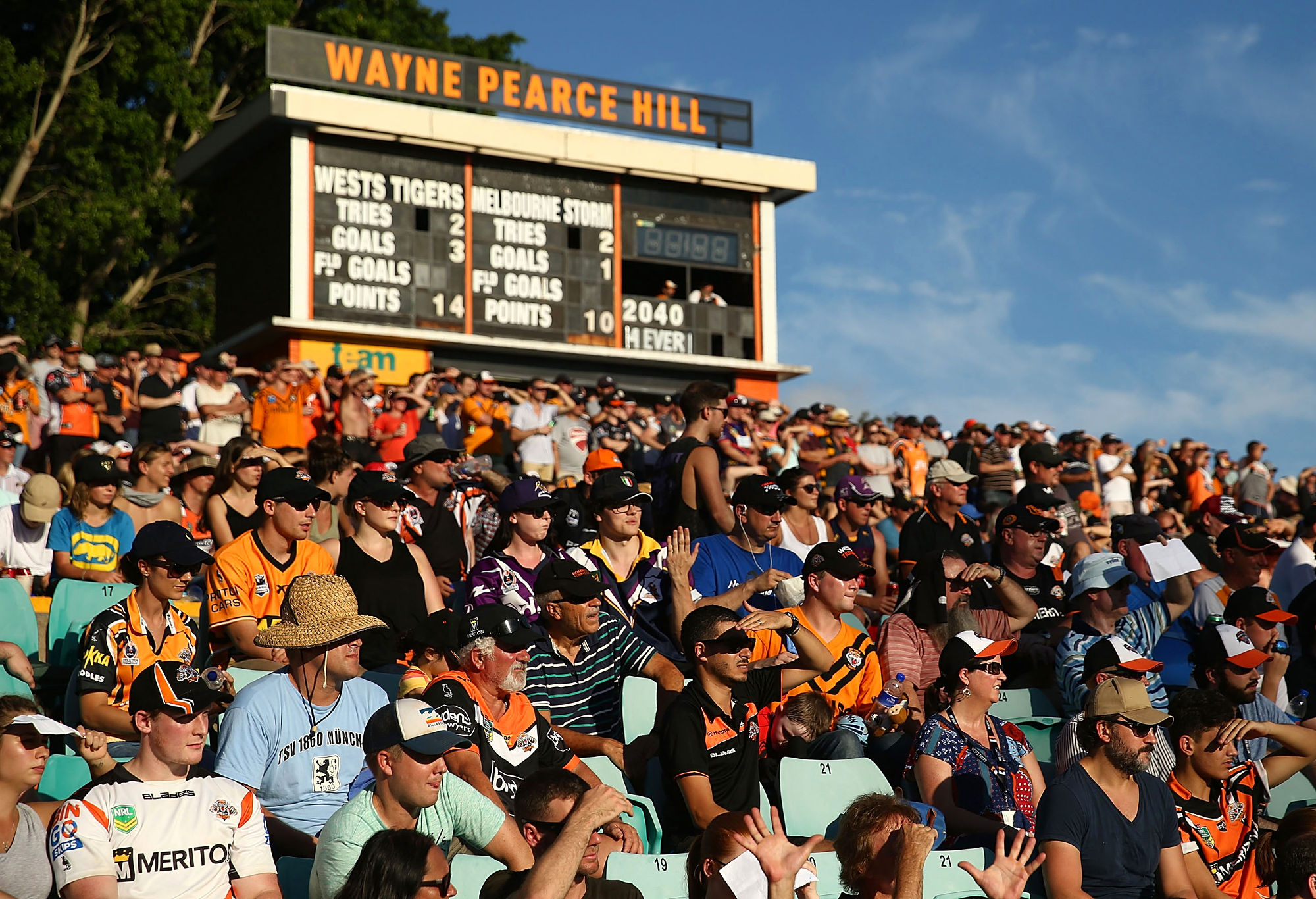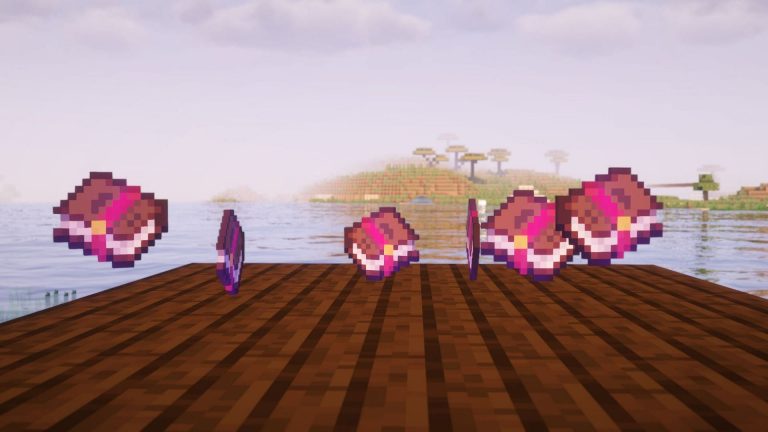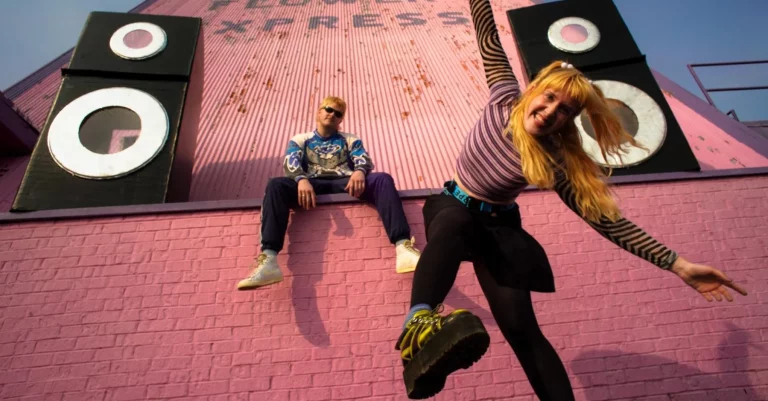The electric atmosphere at Allianz Stadium on Sunday between two teams that had to travel to Moore Park proves that the last thing Sydney needs is more stadium upgrades.
A crowd of 25,801, a little more than 60% of the revamped venue’s capacity, created a finals-like vibe as the Bulldogs from the city’s west and Sea Eagles from the northern beaches went head to head.
Canterbury were celebrating their famous 1995 triumph when the underDogs upset the raging hot favourites from Manly in a 17-4 boilover for the ages.
The Bulldogs’ progression from a first-round finals team last year to bona fide title contenders has been one of the major stories in 2025 and after more than a decade out of the grand final spotlight, they are a very strong chance of being one of the two teams duking it out in the premiership decider.
They have also managed to show that teams can attack crowds to Accor Stadium if they are successful on the field and energise their fan base.
Canterbury’s fans are considered one of the most passionate groups in the NRL and after years of frustration from the end of Des Hasler’s tenure into unsuccessful rebuilds under Dean Pay and Trent Barrett, they are howling again as Cameron Ciraldo propels them towards what could be their first trophy since 2004.
They have hosted six matches at the old Olympic venue this year with more than 24,000 fans in attendance, highlighted by the 65,000-plus who turned out on Good Friday for their traditional tussle with South Sydney and a tick under 60,000 for the June public holiday Monday match versus Parramatta.
Bulldogs fans overwhelmingly outnumbered their Sea Eagles counterparts on Sunday in Sydney’s east but it was a clear indication that the NRL should be scheduling more matches at the major stadiums rather than being content with 15,000 at a suburban venue.
Teams like Manly, Tigers, Cronulla and St George Illawarra have been putting their hands out for government funding for upgrades to their stadiums – plural in the case of Wests and the Dragons.
Penrith ended up settling for a scaled-down version of their $309 million home ground makeover and after spending this season and next on Parramatta turf at CommBank Stadium, they will return home in 2027.

Bronson Xerri scores a try. (Photo by Jeremy Ng/Getty Images)
That will give Sydney four state-of-the-art stadiums in pretty much a direct line from its eastern to western fringes.
Souths are hoping to break free from their NSW Government contract to continue playing at Accor Stadium so they can return to their traditional heartland at Moore Park even though the Roosters have done their red, white and blue best to mark Allianz as their territory.
Leichhardt, Brookvale, Shark Park, Kogarah, Campbelltown and WIN Stadium in Wollongong are falling further behind when compared to the new stadiums and politicians have wised up to the calls for huge funding requests just to make them seem slightly less outdated.
Nostalgia has its place and the respective clubs shouldn’t totally turn their back on these venues but marquee matches should be played at the best stadiums.
The MCG and Marvel Stadium are able to service the AFL’s nine Melbourne-based teams so why does Sydney need so many venues for the same number of sides?
Wests Tigers chief executive Shane Richardson has been threatening to move matches away from Campbelltown altogether if funding for a stadium upgrade is not forthcoming
The joint-venture club earlier this month gave Campbelltown City Council an extension until July 31 to sign off on a $50 million upgrade or they will take their ball and play elsewhere next year.
They already have a complicated relationship with the region – every time Leichhardt is referred to as the club’s spiritual home is like fingernails down a chalkboard to the Magpies side of the uneasy partnership.

Leichhardt Oval is iconic but outdated. (Photo by Mark Metcalfe/Getty Images)
If they were to make good with their threat and abandon the area where they have a vast junior nursery, Lachie Galvin and Tallyn Da Silva won’t be the last local juniors who leave the club as soon as a rival club waves a contract in their direction.
But that will probably keep happening anyway, due to the haphazard way in which the club has been operating for many years.
Ultimately, whether it’s forced upon them or they commit to a venue like CommBank Stadium more in the future, it could be a blessing in disguise.
The financial returns from corporate hospitality are greater and as long as they play a couple of their 12 games each at their two suburban sites each season, the long-term benefits could outweigh the vocal minority who are attached to the traditional venues.
Canterbury walked away from Belmore in 1998 and the fans have stuck by them in lean times and turned out in force when the team is at the pointy end of the ladder like this season.
ARL chair Peter V’landys is trying to start a culture war with the AFL by pointing to TV ratings figures but when it comes to crowds, the NRL is lagging well behind, particularly when you compare its most populous city of Sydney to its equivalent southern metropolis in Melbourne.
NRL broadcasters like the suburban venues because the condensed size means there is always a decent atmosphere even if the crowd is not too big.
But the NRL should be aiming for its Sydney teams to be more like Canterbury and getting big crowds into the larger stadiums rather than being satisfied with 15,000 at a smaller venue in the suburbs.







